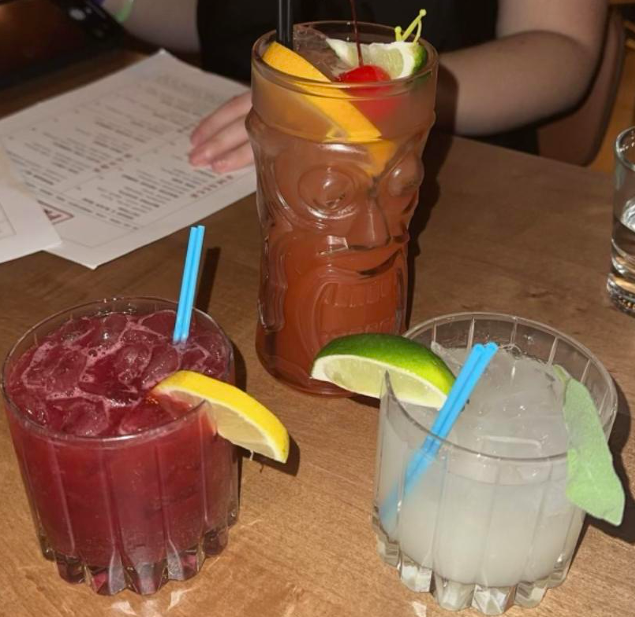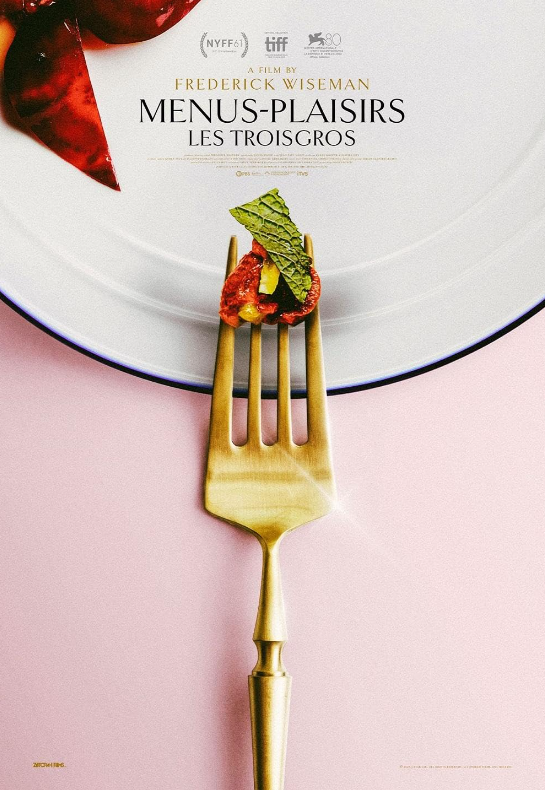
As an ardent beer geek, I admittedly know very little about wine, other than that I consciously avoid the stuff at all costs. My running joke is that I severely lack a certain fanciness required for the consumption of wine, but the truth of the matter is that fermented grapes just make me gag. I will guzzle any IPA or imperial stout put in front of me, and with great relish, but the smell of red wine will likely never cease to turn my stomach. So keep your Sauvignon blanc and other such assorted French-sounding fare, because on general principal I’ll take hops over grapes any day.
That said, my last trip to the liquor store had me feeling adventurous, and instead of going for one of the more popular styles of craft beer that I tend to frequently write about, I felt the distinct urge to get experimental. As I was perusing the beer shelves, my eye wandered to a bottle of Old Ruffian Barley Wine-Style Ale from the Great Divide Brewing Co., a brewery already familiar to me from their Yeti Imperial Stout and Belgian Titan IPA.
While I’ve certainly heard of the barleywine style before (when you run in craft beer circles, the wealth of brewing information is immense), I had never actually sampled a beer of this ilk, and was thus more intrigued. In general, I am skeptical of anything wine-related, but I reconciled this likely irrational aversion with the fact that this was a “barley wine,” and barley being one of the key ingredients in beer, it likely wouldn’t nauseate me as other wines do. Even if it did, I was willing to take the risk for the sake of discovery, or intoxication, or maybe both.
According to Beer Advocate, barleywines are “very strong and often intense” beers, available in American and English style. These individual styles are distinguished by hop characteristics, with American barleywines employing a much more hop-forward presence and English barleywines having a more mellow balance between hoppy bitterness and sweet malt. However, both styles are also marked by high alcohol content, which is readily apparent in both smell and taste and, subsequently, in the aftermath of intoxication. Popular breweries such as Sierra Nevada and Dogfish Head have released barleywine beers over the years, and the style continues to gain popularity among the elite of daring beer drinkers.
Great Divide’s Old Ruffian, sporting the silhouette of a fellow seemingly ready for a fistfight, packs an almost overwhelmingly sweet scent under the cap of its 650 mL bottle. Heady aromas of dark fruit and sweet malt flood the nose, rounded out by hints of caramel and a vaguely bready smell. Poured into a snifter glass, the foamy, light brown head settles to a dense layer of creamy lacing atop the translucent dark orange body. Substantial carbonation continues to release the bevy of bittersweet aromas that remain as pungent as their initial release long after the head has settled.
Not surprisingly, this beer is a serious mouthful. The initial wave of hop-forward bitterness in the first sip is quickly mellowed out by the thick sweetness of malt and fleshed out in the carbonation. Elements of cherry and apricot, as well as an earthy undertone, meld well with the bittersweet essence of musky caramel and dark fruits, making for a taste that is simultaneously tart and sweet. While the finish is surprisingly crisp for such hearty ale, the distinct taste of alcohol is hard to ignore, even beneath the amalgam of complex flavors. This is not necessarily a negative aspect, but worth mentioning because, at 10.2 percent alcohol, this is certainly not a light beer.
As previously stated, I am hardly a wine connoisseur, but even with my limited experience in wine consumption I could identify the parallels between Old Ruffian and a classic red wine, namely essences of dark fruits and a slightly sweet musk of fermentation. This is by no means an admission that I will recant my former statements on my severe dislike of wine. But perhaps I may be less skeptical of the stuff in the future, given the pleasantries of my experience with a barleywine beer.
Old Ruffian’s labeling suggests pairing it with pork tenderloin, blue cheese, figs or caramel cheesecake, but I recommend this beer as its own solo course. The flavor complexity of this beer alone warrants praise for its varying levels of intensity, and the thickness of its mouthfeel more than adequately covers the drinking expanse of several beers, making it something of a liquid meal in and of itself. However, for the sake of avoiding the foolishness of drinking on an empty stomach, Old Ruffian’s inherent sweetness makes it a good companion for barbecue or grilled meats, as well as any dish that takes advantage of the relationship between sweet and sour. If all else fails, pizza and beer is a combination that hardly ever has a negative turnout.
If you’re a fan of wine but find yourself shying away from most beers, put your palate to the test and give Old Ruffian a try. Old Ruffian is very much a beer in the most superficial aspects, but it transcends the barrier between bitter and sweet in a manner characteristic of classic wines. While it may not be available via bottle service at a fancy French bistro, you can hone at least a little bit of your sense of sophistication with a wine-style beer. And given the fact that the Blarney Blowout will commence in just a few short days, a sense of sophistication is not to be disregarded.
Emily A. Brightman can be reached at [email protected].


















